Rubber Transfer Molding
What is Rubber Transfer Molding?
Rubber transfer molding places uncured rubber into part of a mold called a pot. When the ram is closed, the rubber flows into the cavity through a runner and gate system. The elastomer remains under high pressure and temperature until curing is achieved.
The advantages of rubber transfer molding include:
- Mid-to-high volume production
- Shorter production cycle times than compression molding
- Support for complex geometries and tight tolerances
Rubber Transfer Molding Steps:
- Uncured rubber is preformed to control weight, shape and specification
- Rubber preform is placed into pot
- Ram distributes (transfers) the rubber through the runner and gate system into the cavities
- Mold remains closed under pressure and temperature to reach optimal cure
- Parts are removed from the mold and the process is ready to begin again
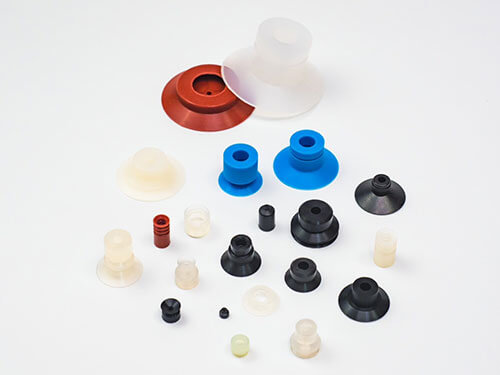
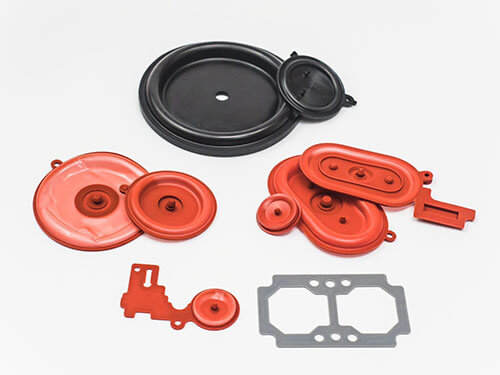
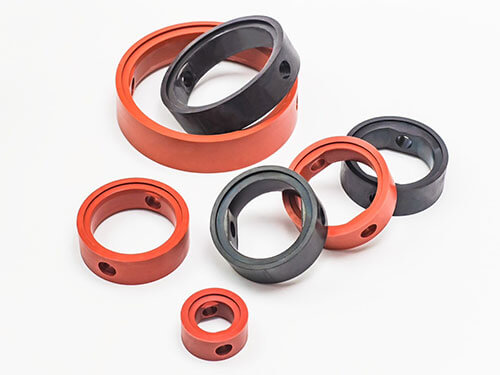
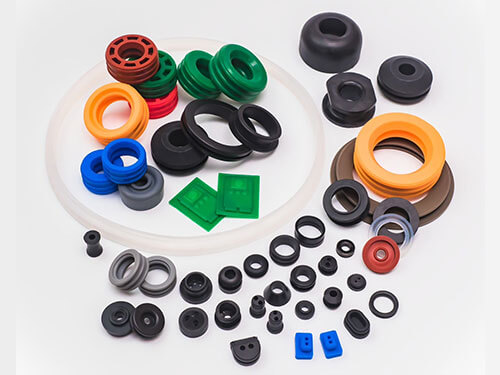
Precision Rubber Transfer Molds:
Precision Rubber Transfer Molds are essential for achieving high-quality and consistent results in the rubber transfer molding process. These molds are designed to handle the specific requirements of transfer molding, ensuring that each part meets stringent specifications.
With precision rubber transfer molds, JHAO YANG can achieve superior product quality, reduced cycle times, and increased production efficiency, making them a preferred choice for high-performance rubber components.
-
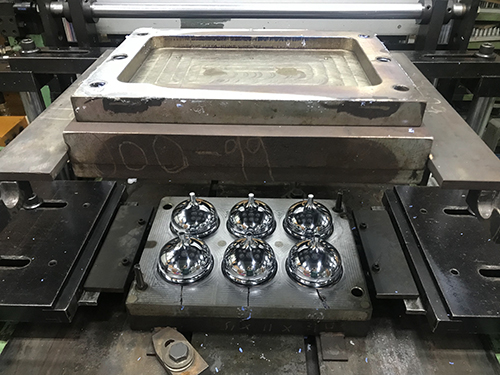
transfer mold
-

transfer mold
